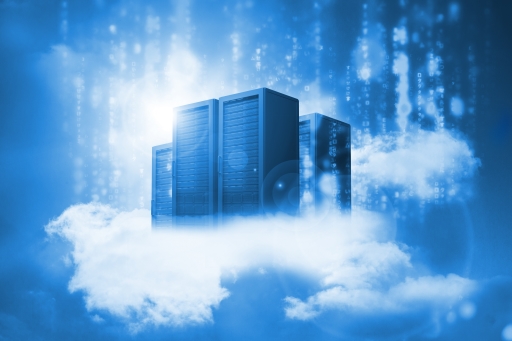3.2 Memory beyond the computer
So far you have looked at memory directly built into the computer, be it main memory or secondary memory. Though some secondary memory can be removed from the computer, the hardware to access the stored data is part of the computer. Think of DVDs and a DVD drive. This is very useful for offsite back-ups, copies, of your data.
There is another form of offsite data storage, in the cloud. Cloud providers such as Dropbox, Amazon Web Services, Microsoft and Google have built vast data centres to house thousands of special computers and data storage devices to store your data. Access to the data is made possible by the internet, which you will look at later in this course.
You might think a cloud as an anonymous, unknown location that is shared by many unrelated users. The location is owned, managed and operated by a business, or academic or government organisation, or some combination of these, and the hardware infrastructure physically exists on one or more of the premises owned by the cloud provider or one of their partners. This means your data is always offsite, and issues such as back-up and security of access, is managed for you by the cloud provider. This form of data storage is increasingly used as devise using computers become smaller, such as mobile phones. Avoiding the need for local data storage and its hardware is an important advantage.

